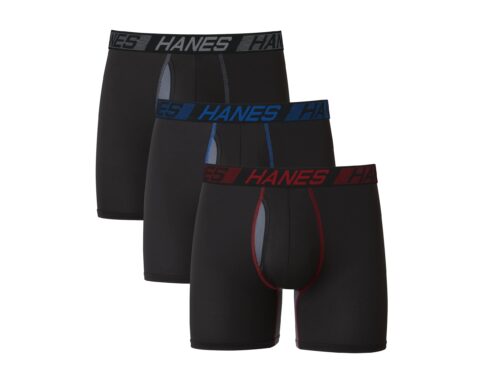Embarking on a thru-hiking adventure is an exhilarating experience. One of the critical aspects of a successful journey is ensuring proper nourishment while on the trail.
Ensuring a variety of delicious, easy-to-prepare, and energy-packed meals will keep hikers motivated and energized throughout their journey. This article offers essential lunch ideas for thru-hiking that are not only satisfying but also require minimal preparation time.
When planning lunches for a thru-hike, it is crucial to focus on packing lightweight, high-calorie, and non-perishable food items. This ensures that hikers get the necessary nutrients without adding unnecessary weight to their backpacks.
Hikers should also opt for meals that are easy to prepare, requiring minimal cooking or no cooking at all to save time and energy.
With these considerations in mind, the article will delve into various lunch options that are ideal for thru-hikers, offering a selection of tasty meals that cater to different preferences and dietary restrictions.
From flavorful sandwich alternatives to protein-packed snacks, these lunch ideas promise to keep hikers fueled and satisfied as they conquer the trail.
Essential Nutrition for Thru-Hiking

Calories and Macros
When planning meals for a thru-hike, it’s essential to focus on caloric intake to fuel your body and maintain energy levels.
The number of calories needed varies per individual, but most thru-hikers consume roughly 3,000-4,000 calories per day, increasing as the hike progresses.
Macronutrients are also vital to consider:
- Carbohydrates: The primary energy source for long hikes, aim for 50%-60% of your daily caloric intake from carbs. Opt for a mix of simple and complex carbs such as instant oatmeal, dried fruit, whole grain crackers, and rice.
- Protein: Crucial for muscle repair and recovery, include at least 15%-20% of your daily calories from protein sources like tuna, cooked sausage, hummus, or nuts.
- Fats: Providing long-lasting energy and insulation for cold nights, 25%-30% of your daily calories should come from healthy fats such as olive oil, peanut butter, and trail mix.
Vitamins and Minerals
In addition to macronutrients, micronutrients are crucial for optimal health on the trail.
A well-rounded meal plan should include the following vitamins and minerals:
- Iron: Found in red meat, leafy greens, and fortified cereals, iron helps transport oxygen throughout the body.
- Calcium: Dairy products, tofu, and leafy greens are rich in calcium, essential for building and maintaining strong bones.
- Vitamin C: Boost your immune system with vitamin C-rich foods like oranges, red peppers, and strawberries.
- Vitamin D: This essential vitamin aids in calcium absorption and can be found in fatty fish, egg yolk, or fortified foods.
- Potassium: Crucial for muscle function and heart health, potassium can be found in bananas, potatoes, and avocado.
To ensure a balanced intake of micronutrients, consider incorporating a daily multivitamin into your meal plan.
Hydration
Proper hydration is essential for physical and mental performance on the trail.
Thru-hikers should aim to drink at least 3-4 liters of water per day, more in hot or dry conditions. In addition to water, electrolytes can be replenished through sports drinks, electrolyte tablets, or salty snacks.
Lightweight and Packable Lunch Ideas
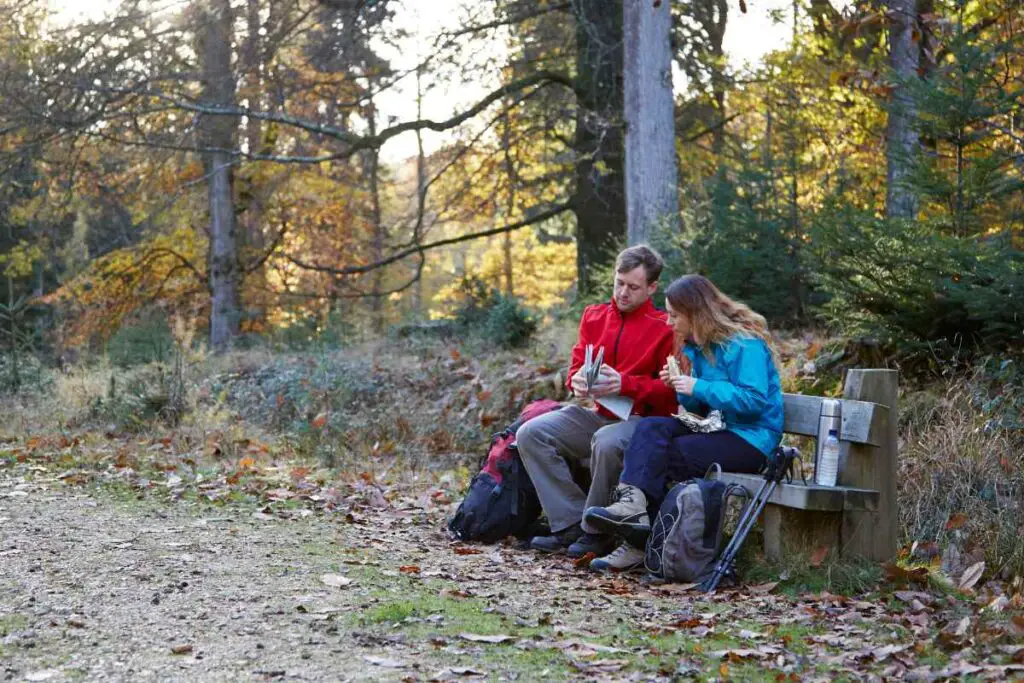
When embarking on a thru-hiking adventure, having lightweight and packable lunch ideas ensures you can maintain your energy levels while keeping your backpack’s weight in check.
Here are some practical and delicious concepts to choose from during your journey.
Dehydrated Meals
Dehydrated meals are a popular choice among long-distance hikers due to their light weight and ease of preparation.
These meals can be purchased at many outdoor retailers or online, offering a wide range of choices to fit varying taste preferences and dietary needs.
They usually only require hot water, making meal prep quick and simple.
Some dehydrated meal options might include:
- Tuna Pasta Salad
- Overnight Oats
- Chicken and Rice
- Vegetarian Chili
DIY Trail Mixes
Creating your DIY trail mix allows customizing the ingredients to match your personal preferences and nutritional requirements.
Start with a base of nuts and seeds for healthy fats and protein, then add dried fruit for natural sweetness and carbohydrate energy.
Finally, toss in some fun extras like chocolate chips or pretzels for a satisfying crunch.
Some ingredient ideas for DIY trail mixes include:
- Almonds, cashews, or peanuts
- Sunflower or pumpkin seeds
- Dried cranberries, apricots, or bananas
- Dark chocolate chips or M&M’s
- Pretzel pieces or rice crackers
Energy Bars and Snacks
Energy bars and snacks can be a convenient and portable option for refueling on the go.
Many specialized energy bars are designed for outdoor activities, providing the optimal balance of carbohydrates, protein, and fats to support extended physical exertion.
These bars are available in a variety of flavors and formulations to suit different tastes and dietary restrictions.
Some popular options include:
- Clif Bars
- KIND Bars
- Larabars
- ProBar Meal Bars
To keep things interesting, supplement your energy bars with some easily packable snack items like:
- Beef or turkey jerky
- Peanut butter or almond butter packets
- Rice cakes or crackers
- Hummus in individual containers
Remember to consider the weight and packability of your food choices while planning your meals for a thru-hike.
Dehydrated meals, DIY trail mixes, and energy bars or snacks can offer the convenience and sustenance you need to maintain your stamina on the trail.
Quick and Easy No-Cook Options
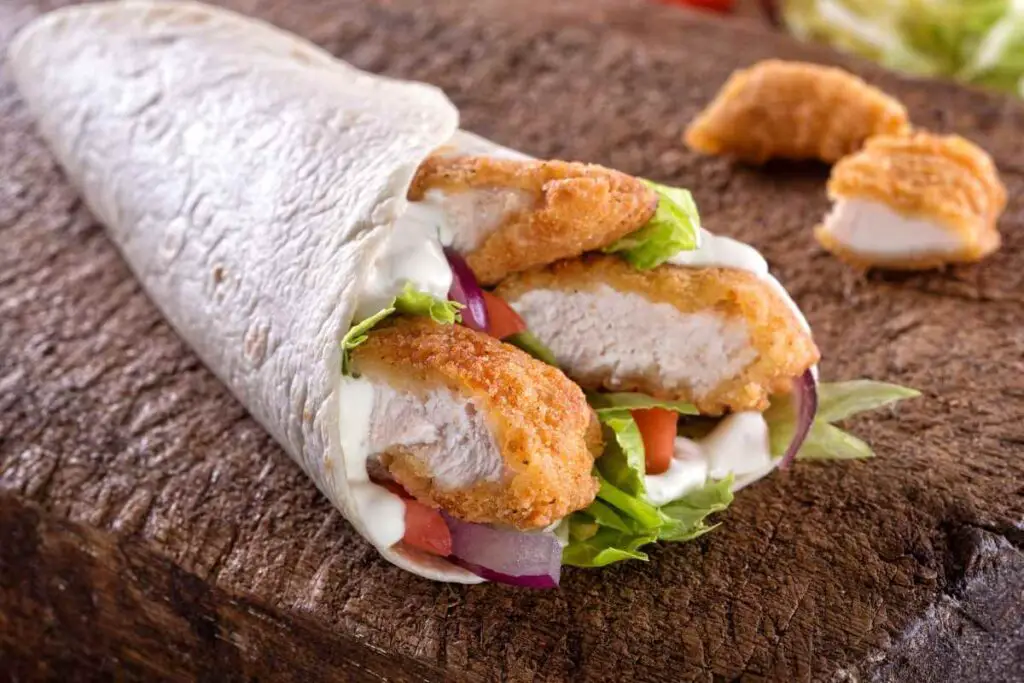
When it comes to lunch ideas for thru hiking, there are plenty of no-cook options that are both delicious and satisfying.
Here are a few popular choices that can provide you with the energy you need to power through your hike.
Tortilla Wraps
Tortilla wraps are a versatile and convenient option for no-cook meals. They are lightweight, easy to pack, and can be filled with a variety of ingredients.
One popular choice for hikers is peanut butter and honey. Simply spread peanut butter onto a wrap, drizzle with honey, and fold.
You can also substitute with other nut butters, such as almond or cashew butter, to suit your taste preferences.
Another tasty option is to fill a tortilla wrap with pre-cooked, rehydrated beans, cheese, and vegetables like avocado, tomatoes, and spinach. This can be eaten as a cold wrap or warmed by placing it in the sun for a few minutes before eating.
Rice and Bean Dishes
For those seeking a more filling meal option, rice and bean dishes are a popular choice.
There are several ready-to-eat options available on the market, such as dehydrated rice and beans, that can be rehydrated with cold water.
Some brands even offer pre-cooked, vacuum-sealed rice and bean packets that require no heating. Simply add your preferred mix-ins, like vegetables, nuts, or spices, and enjoy.
Another alternative is to make your own rice and bean dish using instant rice and pre-cooked, rehydrated beans.
Combine the rice and beans with your favorite seasonings, such as taco seasoning, curry powder, or dried herbs.
You can even add condiments like hot sauce or soy sauce for extra flavor. Mix everything in a container or resealable bag, and let it sit for a short while to absorb the flavors before eating.
Nut Butters and Crackers
Nut butters, such as peanut, almond, or cashew butter, provide a great source of protein and healthy fats.
They can be easily enjoyed on their own or spread onto crackers, rice cakes, or even apple slices for a satisfying and energy-boosting snack.
Consider bringing small jars or single-serving packets of different nut butters for variety and convenience.
Crackers offer countless variations, as well – whole grain, rice, or multigrain are all excellent choices. Don’t forget to pack a sturdy plastic knife or small spatula for spreading the nut butter.
These no-cook lunch options are ideal for thru-hikers seeking quick, easy, and nutritious meals to keep them fueled on their journey.
Remember to tailor these options to your personal taste preferences and dietary restrictions to ensure a satisfying mealtime on the trail.
Hot Meal Ideas for Thru Hiking

Warm meals can provide comfort and satisfying nourishment during long days on the trail. Below are some great options to choose from when planning your hot lunches on the go.
Instant Noodles and Soups
Instant noodles and soups are a lightweight and convenient option for hikers, requiring only hot water for preparation.
Some popular options include:
- Ramen noodles: A classic choice for its simplicity, affordability, and variety of flavors.
- Instant pho: A Vietnamese-style soup with rice noodles, herbs, and spices, offering a more exotic flavor profile.
- Cup Noodles: Pre-packaged in a microwave-safe container and available in a wide range of flavors, ideal for a quick and easy meal.
When choosing instant noodles and soups, consider the sodium content and opt for lower-sodium options when possible.
Freeze-Dried Mountain Recipes
Freeze-dried mountain meals are specifically designed for outdoor activities and are therefore lightweight and easy to pack.
They offer a diverse menu of flavors and meal types, including:
- Chili Mac with Beef: A delicious combination of pasta, chili, and beef that can be rehydrated easily with hot water.
- Chicken and Rice: A simple, yet satisfying dish featuring seasoned chicken and rice.
- Vegetarian options: Many brands offer plant-based meals, such as lentil stews, vegetable curries, or pasta with marinara sauce.
Remember to take into account the weight of packaging when selecting freeze-dried meals and consider repackaging them into zip-top bags to reduce weight and waste.
DIY Pasta and Rice Dishes
Creating your own hot meals using pasta and rice allows you the freedom to customize your dishes based on personal preference and dietary needs.
Some ideas include:
- Couscous: Quick-cooking, lightweight, and versatile, couscous can serve as a base for various flavor profiles and add-ins, such as dehydrated vegetables, nuts, or spices.
- Instant rice: Pre-cooked and dehydrated, instant rice can be rehydrated with hot water and paired with a selection of spices, dehydrated veggies, or shelf-stable proteins (like tuna or chicken pouches).
- Pasta: Opt for quick-cooking pasta like angel hair or orzo, and combine with olive oil or butter, pre-packaged pesto or tomato sauce, and dehydrated veggies for a no-fuss, satisfying meal.
When preparing your own DIY pasta and rice dishes, pay attention to the overall weight of your ingredients and packaging.
Make sure to combine lightweight and nutrient-dense items for a balanced meal that won’t weigh you down on your thru-hike.
Maximizing Flavor and Nutrition
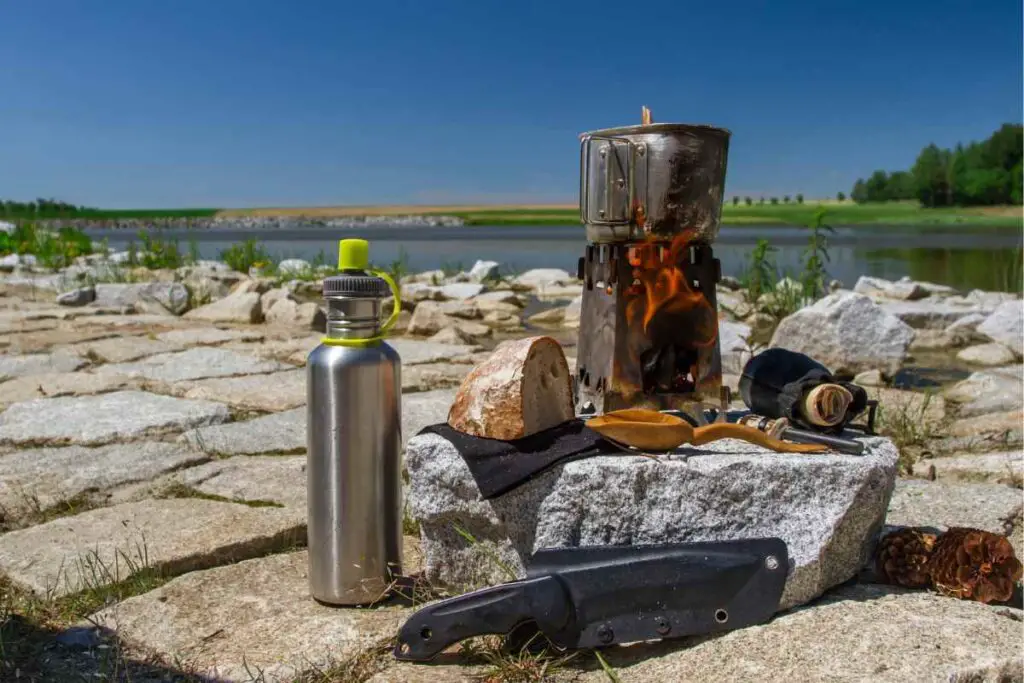
When planning lunches for thru-hiking, it’s essential to focus on maximizing flavor and nutrition.
Adding spices, seasonings, and including protein sources amongst other add-ins can help achieve this goal.
Spices and Seasonings
Using spices and seasonings is an excellent way to enhance the taste of your hiking lunches without adding significant weight to your pack.
Here are some examples of lightweight and versatile seasonings:
- Salt and pepper: These classic seasonings can improve the overall taste of any dish.
- Garlic powder and onion powder: For additional flavor, these dehydrated powders can make a big difference.
- Dried herbs: Lightweight options such as dried basil, oregano, thyme, and cilantro can add depth to your meals.
- Curry powder, chili powder, and paprika: Adding a touch of spice can elevate the taste and make your lunches more satisfying.
Protein and Other Add-Ins
In addition to flavor, it’s crucial to maintain good nutrition by incorporating protein and other energy-boosting ingredients.
Here are some suggestions for nutritious add-ins:
- Tuna, chicken, or turkey: Pre-packaged or dehydrated options can provide a healthy source of protein.
- Hard-boiled eggs: Boil and peel these before your hike for an easy, protein-packed option.
- Nut butters: Peanut, almond, and other nut butters can be an energy-rich addition to crackers, bread, or tortillas.
- Legumes: Beans, chickpeas, and lentils offer a decent plant-based protein source and can be used in light salads or wraps.
- Cheese: Hard cheeses tend to hold up well on hikes and can add flavor and nutrition to various dishes.
Incorporating these elements into your hiking lunch menu will ensure that your meals are both delicious and nutritious, fueling your body for the challenges ahead on the trail.
Managing Food Resupply Points

Planning Ahead
When planning a thru-hike, it’s crucial to map out your resupply points.
Research the trail and identify towns or stops with grocery stores, post offices, or other resupply options. Utilize trail guides and online resources to help plan your route accordingly.
Keep in mind factors like the distance between resupply points, availability of specific food items, and any dietary restrictions you may have.
Make a list of these resupply points, noting their mileage, services, and potential food supplies.
Sending Food Packages
For many thru-hikers, sending food packages to resupply points is a popular strategy.
This allows hikers to maintain a balanced diet with their preferred food items and avoids the uncertainty of finding suitable food in small town grocery stores. When preparing food packages, use lightweight and high-calorie items such as dehydrated meals, nut butter, and energy bars.
Properly pack and label each food box to ensure they arrive on time and in good condition. Include a return address and estimated arrival date on each package.
To optimize your resupply strategy, send food packages to key locations along the trail, for example:
- Nantahala Outdoor Center (NOC) Bryson City, NC
- Fontana Dam, NC
- Hot Springs, NC
- Troutdale, VA
- Pearisburg, VA
- Harpers Ferry, WV
- Port Clinton, PA
- Unionville, NY
- Bear Mountain, NY
- Cheshire, MA
- Killington, VT
- Glencliff, NH
- Monson, ME
Buying on the Trail
For those who prefer a more flexible approach, buying food on the trail is a viable option.
This strategy involves stopping at grocery stores, convenience stores, or even gas stations near the trail to resupply food supplies.
By doing so, hikers can adjust their diet based on their cravings, nutritional needs, and local availability. However, be prepared that the selection of items may be limited, and you might not find everything you want or need.
When planning your resupply strategy, it’s best to strike a balance between sending food packages and buying on the trail.
This helps to ensure you have a consistent supply of nutritious food while also allowing for flexibility and spontaneity. Remember, adaptability is a crucial skill for any successful thru-hiker.
Frequently Asked Questions
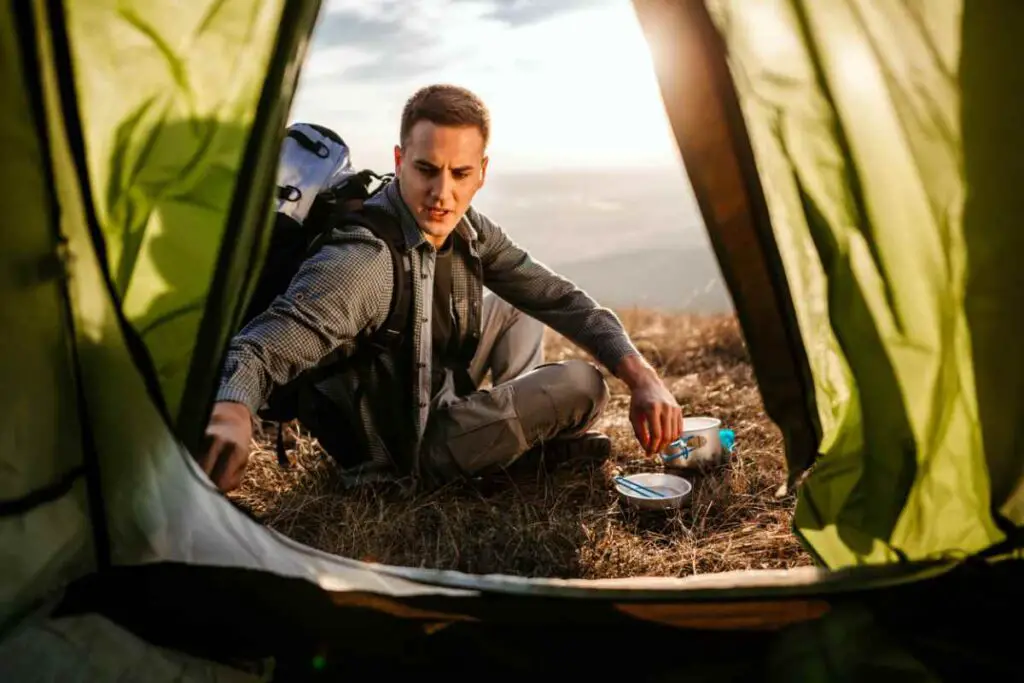
What are some high-energy lunch options?
High-energy lunch options for thru-hiking include meals rich in complex carbohydrates and healthy fats. Some examples are chicken and pasta salad, whole-grain wraps filled with lean proteins and vegetables, and meals based on couscous, buckwheat, or quinoa paired with nuts and seeds.
What protein-packed foods should I bring?
Protein is essential for muscle recovery and maintenance during your hike. Bring non-perishable protein sources like packaged tuna, jerky, hard-boiled eggs, and nut butter. Additionally, protein bars and protein powder mixtures can be convenient and lightweight options.
What are some non-perishable meal ideas?
Non-perishable meal ideas for thru-hiking include dehydrated meals, instant soups, and oatmeal. Many of these meals only require hot water to prepare. Other non-perishable options are energy bars, mixed nuts, dried fruits, and tortillas.
Which no-cook lunch ideas are suitable?
No-cook lunch ideas can save time and energy during your hike. Suitable options include prepackaged tuna or chicken with crackers, nut butter and jam sandwiches, and hummus with pita bread and cherry tomatoes. Also, trail mix and fruit leather can be energy-boosting no-cook snacks.
What are some lightweight and filling meal options?
Lightweight and filling meal options revolve around packing nutrient-dense and calorie-packed foods. Go for dehydrated meals, instant rice or pasta dishes, and freeze-dried fruits and vegetables. Don’t forget to include high-calorie snacks like nuts, trail mix, and energy bars.
How do I plan nutritious meals for a multi-day hike?
To plan nutritious meals for a multi-day hike, consider the following points:
1. Focus on energy-dense foods that provide balanced nutrition in compact packages.
2. Aim for a mix of complex carbohydrates, healthy fats, and lean protein sources.
3. Opt for non-perishable and lightweight options wherever possible, like dehydrated or freeze-dried meals.
4. Balance no-cook and cook-required meals to save time and energy.
5. Pack enough calories per day to sustain your energy expenditure during the hike – typically between 3,000-4,000 calories per day for most hikers.
6. Account for personal preferences, dietary restrictions, and variety to keep your meal plan enjoyable and satisfying.


